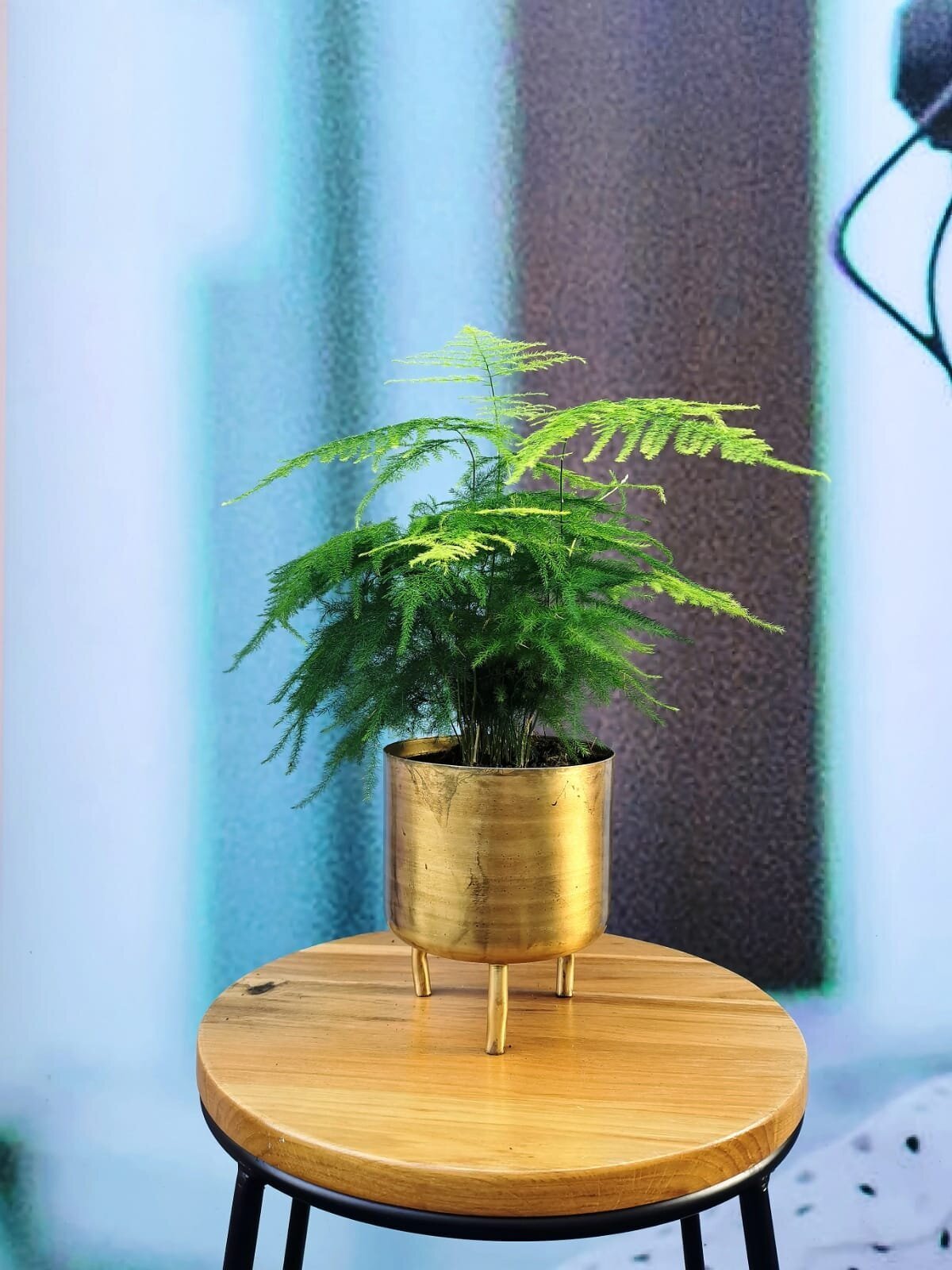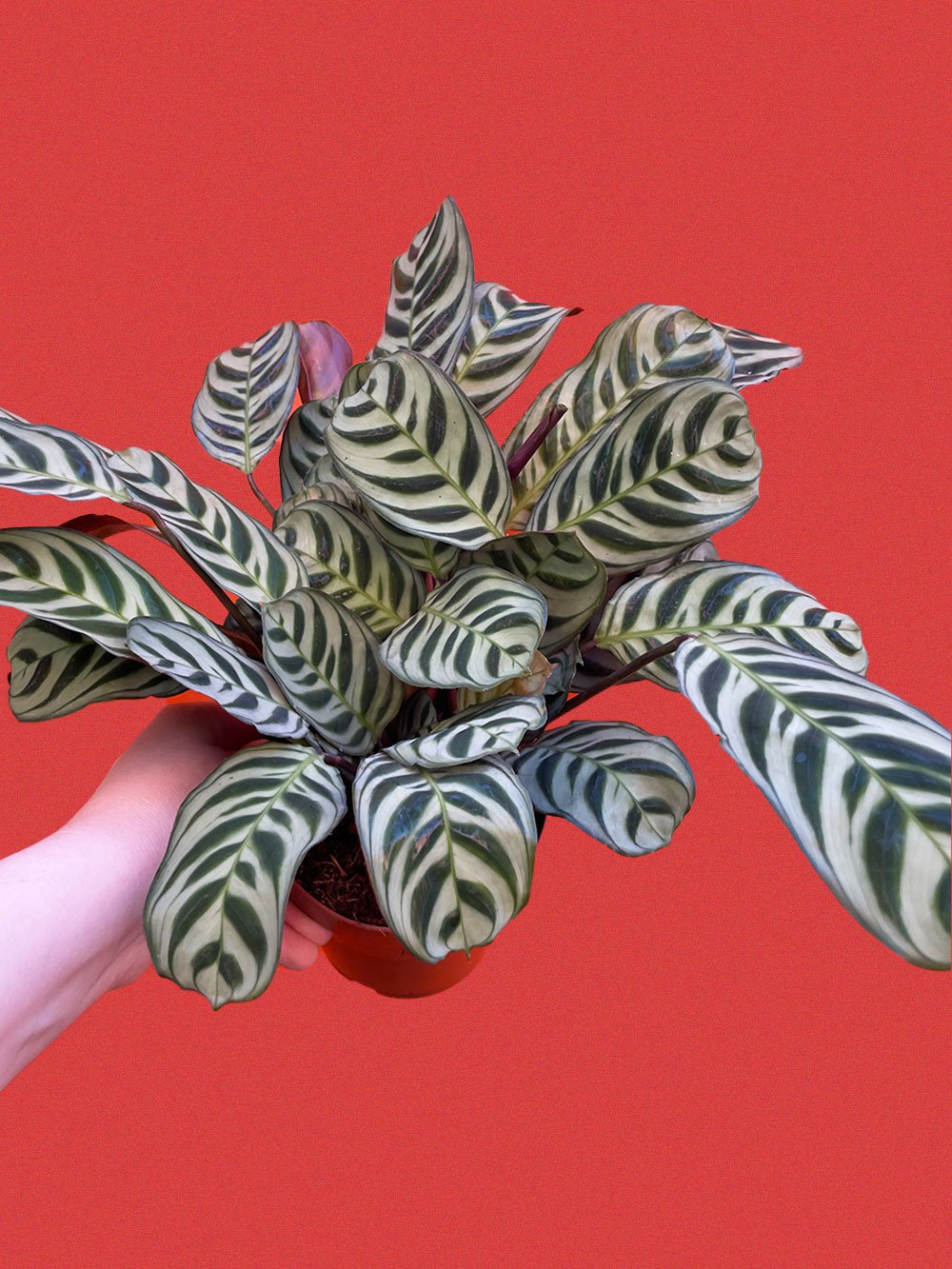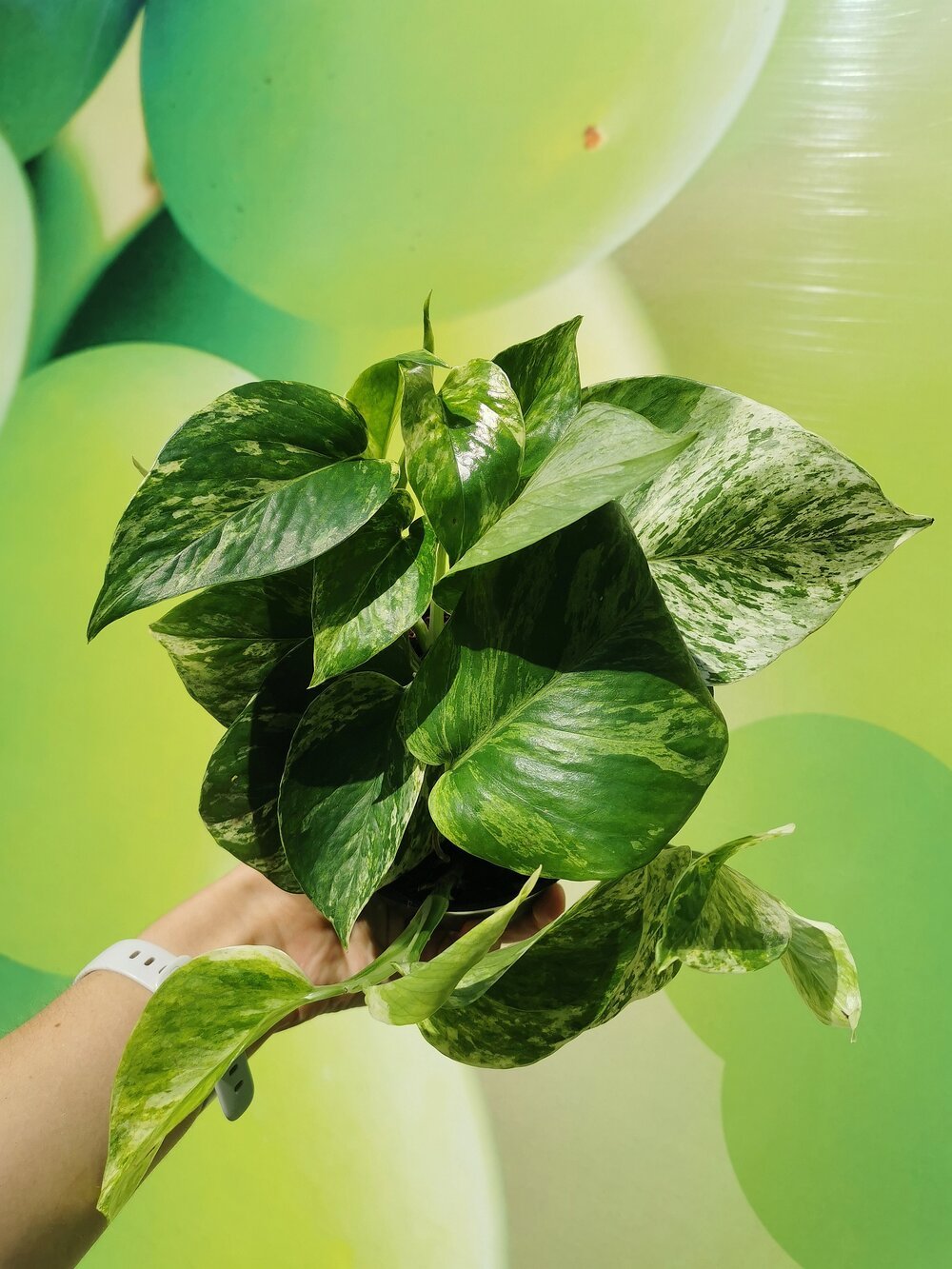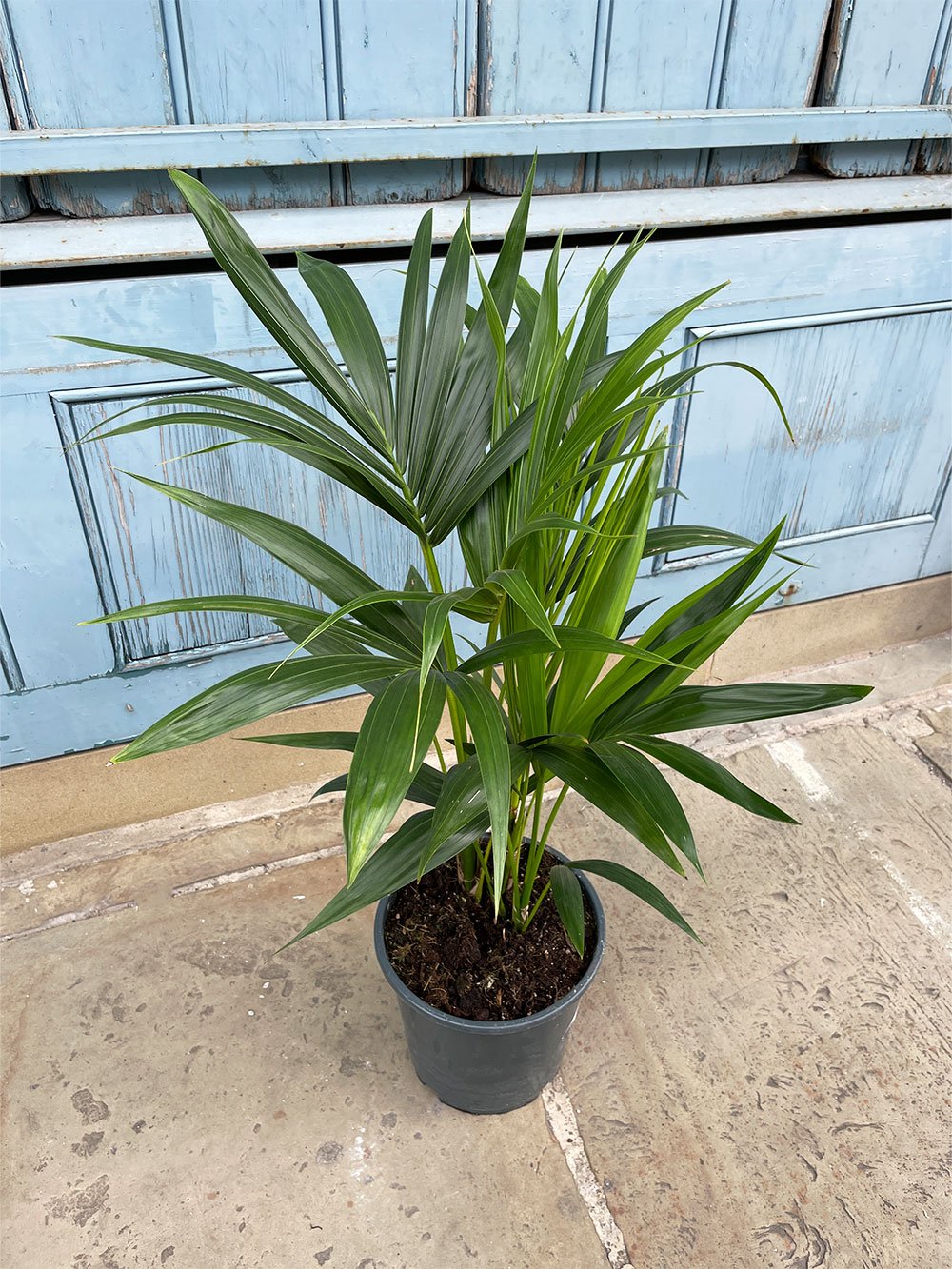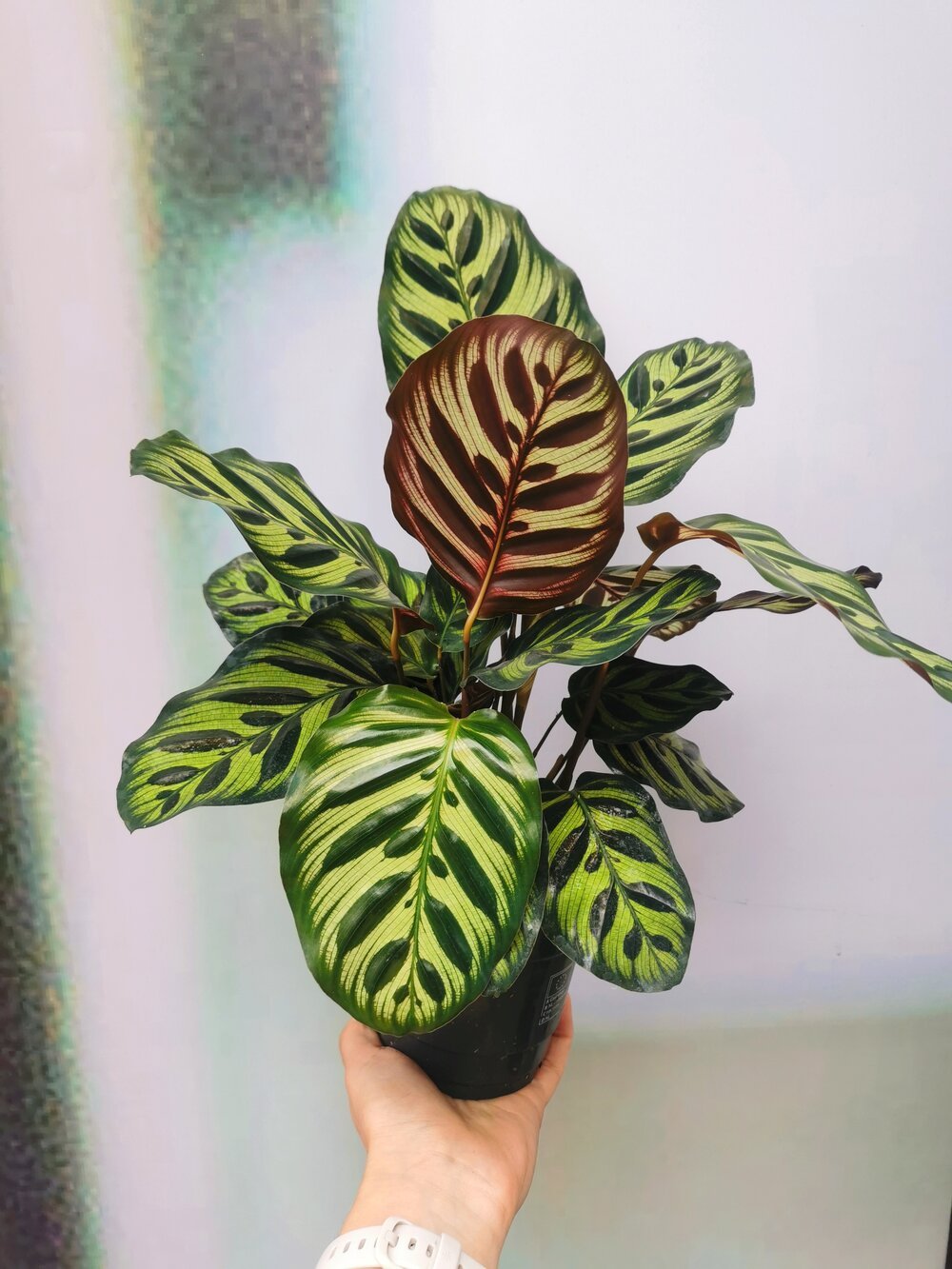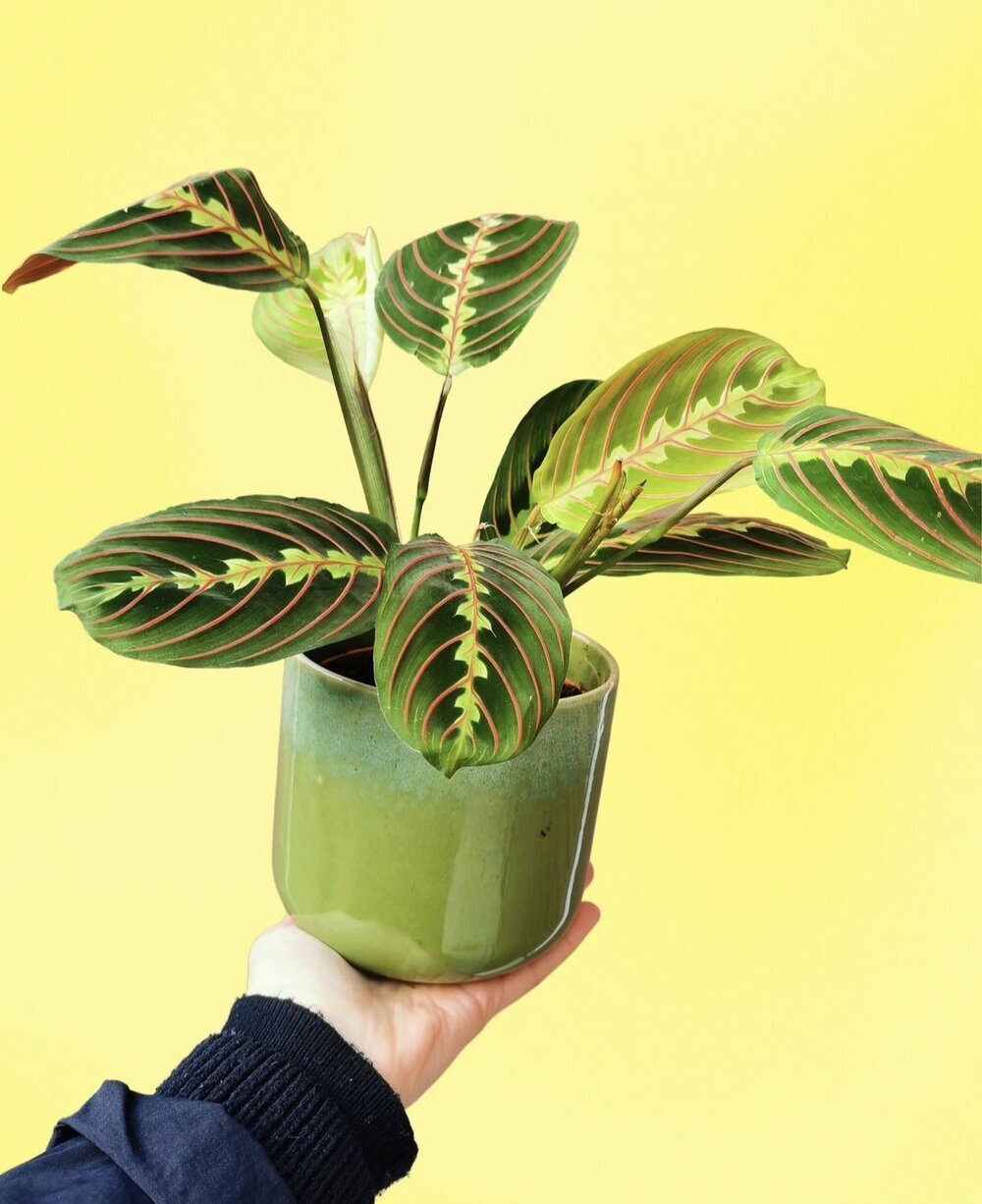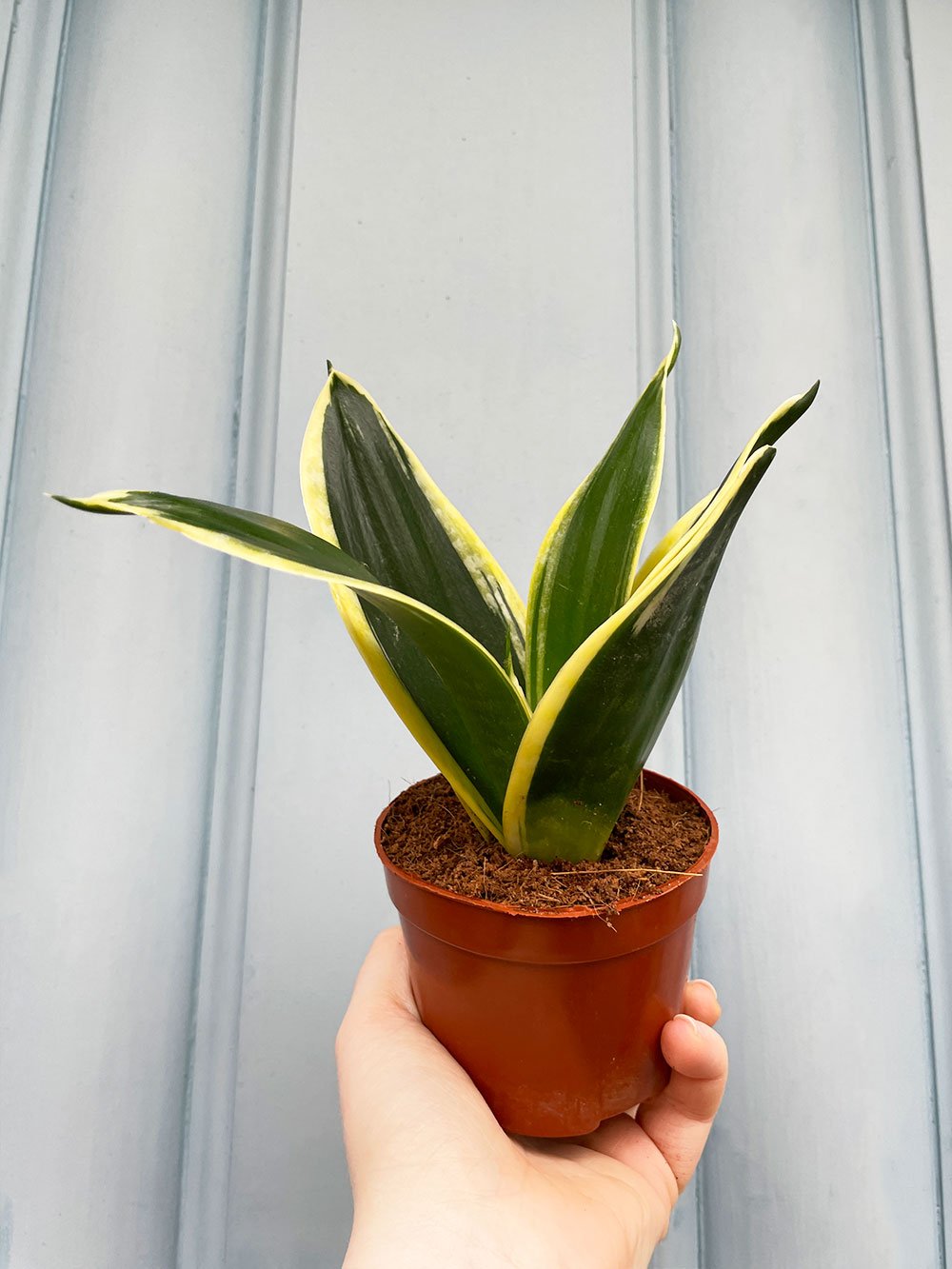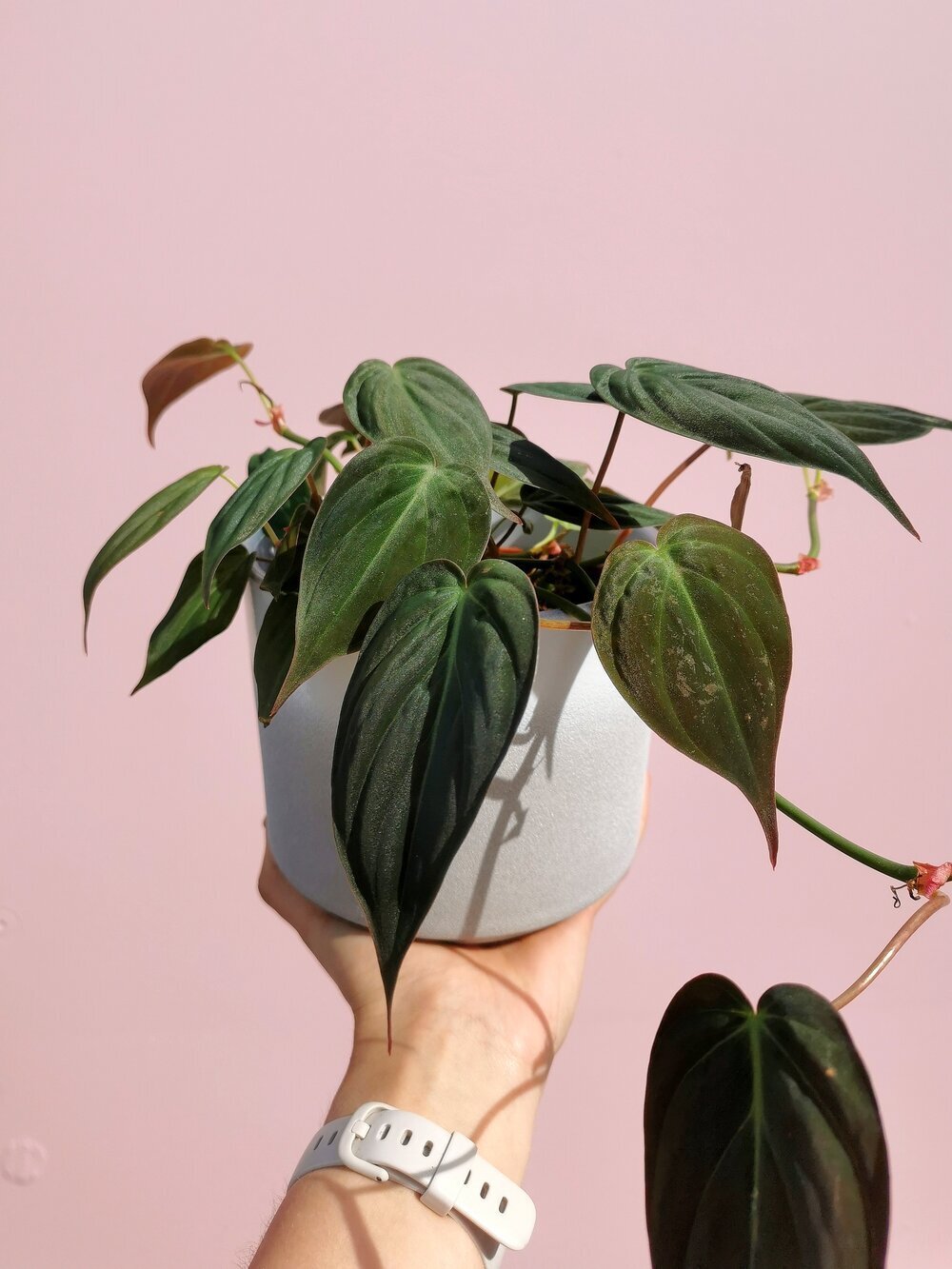FAQ with Plant Shop's Amy
Friend of the Plant Shop, and plant expert, Amy returned this summer to help run our in-house repotting drop-in! Having her here, we thought to ask her some of the most frequently asked questions we get in the shop, about the plants we have in-store, and about your own houseplant collections.
When we talk about plants that are good for a bathroom, we are often referring to the humidity that this room naturally provides from frequent showers and warmer temperatures. These humidity levels are anything above 50%, and the humidity is created when water vapours evaporate in the air. Plants that thrive in high humidity include Ferns, Pothos, Calathea, Maranta, and Palms. These are also all low-light tolerant, so they are perfect to brighten up any dim and empty bathroom! As long as the plant is not sensitive to temperature changes, most plants will do great in any bathroom as long as their watering and light requirements are met. Not to worry if you would like any of these plants in a room other than the bathroom, as you can create a similar environment by misting your plants or using a humidifier.
Although light is integral to a plant's health and growth - many houseplants thrive in indirect light or are even low light tolerant. Plants such as Calathea, Aspidistra, ZZ Plants, and Philodendron work well in rooms that don't get much light. Sansevieria, despite loving light, are also hardy and low -light tolerant make a great north-facing window plant! In the wild, most of these plants would grow under the shadows of trees - which explains how they have adapted! Keep an eye on your plant’s growth to see if it needs a different atmosphere, low-light may cause your plant to grow more slowly.
Plant infestations are often overlooked or unidentified. Insects like aphids or mealybugs may be the culprit, and changes in leaf colour or texture can be a sign you have an infestation. Although there are methods to save the plant, the most important tip for any infestation you have spotted is to isolate it from your other plants. Spraying the plant down with water, then diluted neem oil may help save your plant - and if you catch it soon enough, chopping off the leaf or part that is infested can help stop it from spreading. Regularly checking the undersides of your plant’s leaves will help you keep your plants pest free!
Read our tips below to learn more about how to prevent pests:
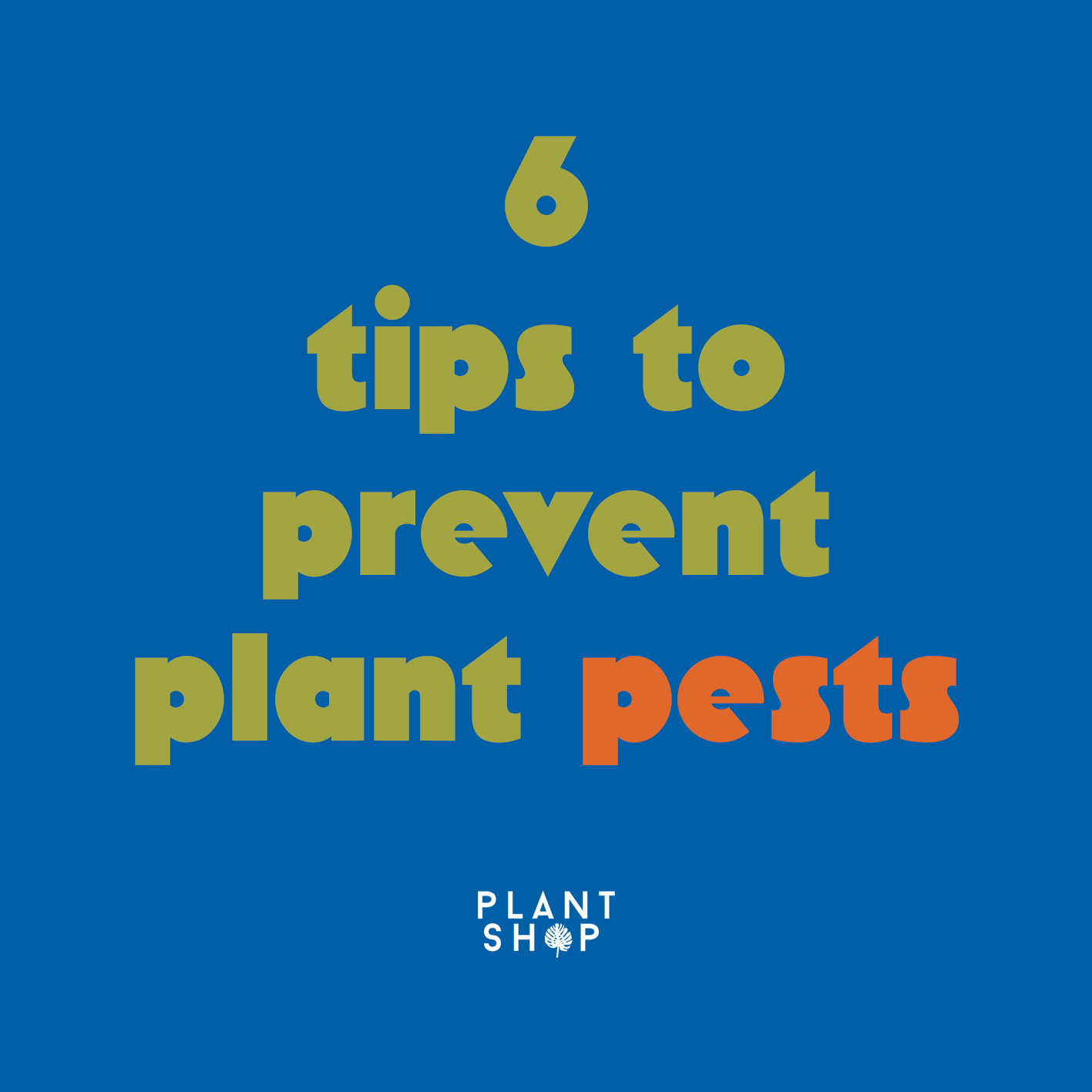
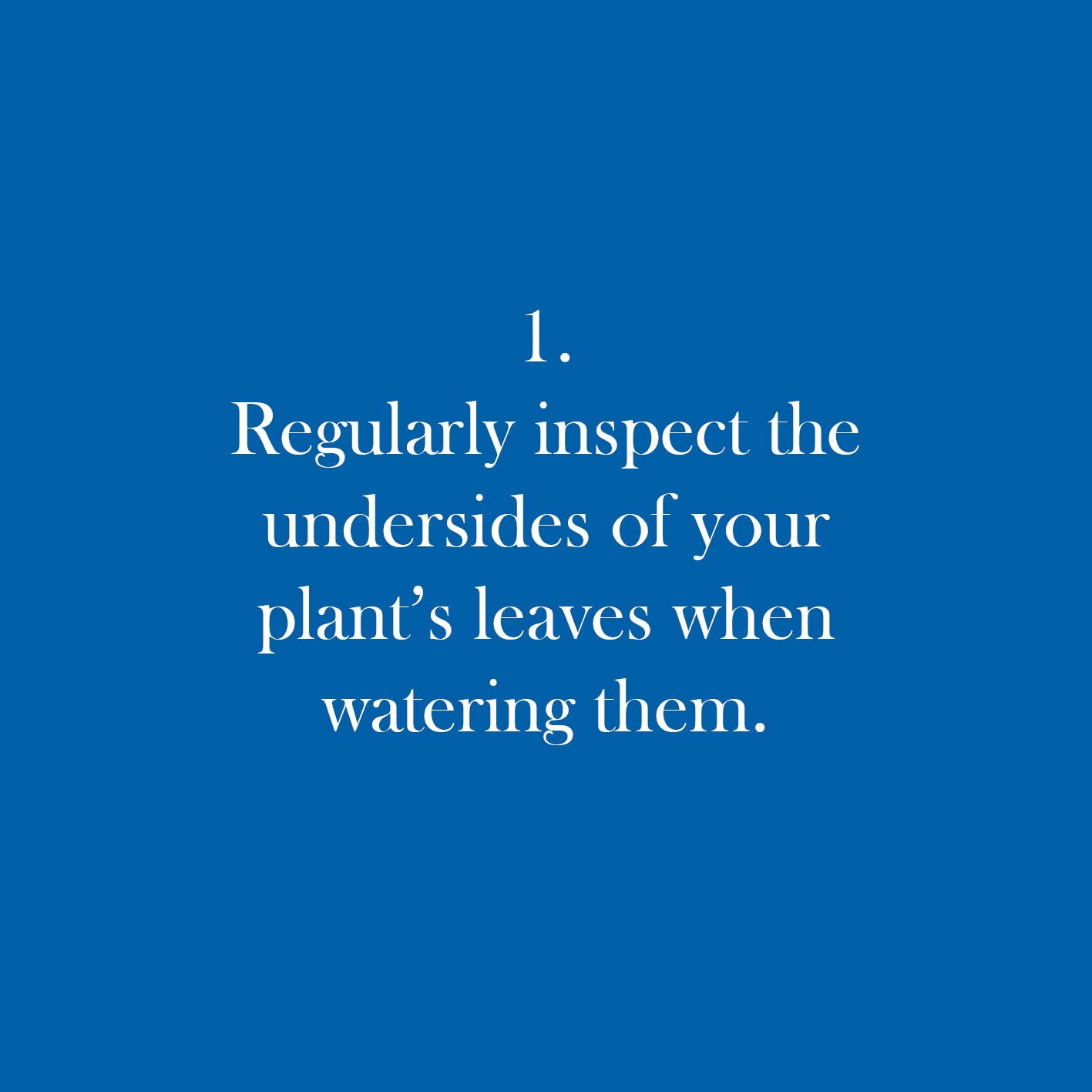
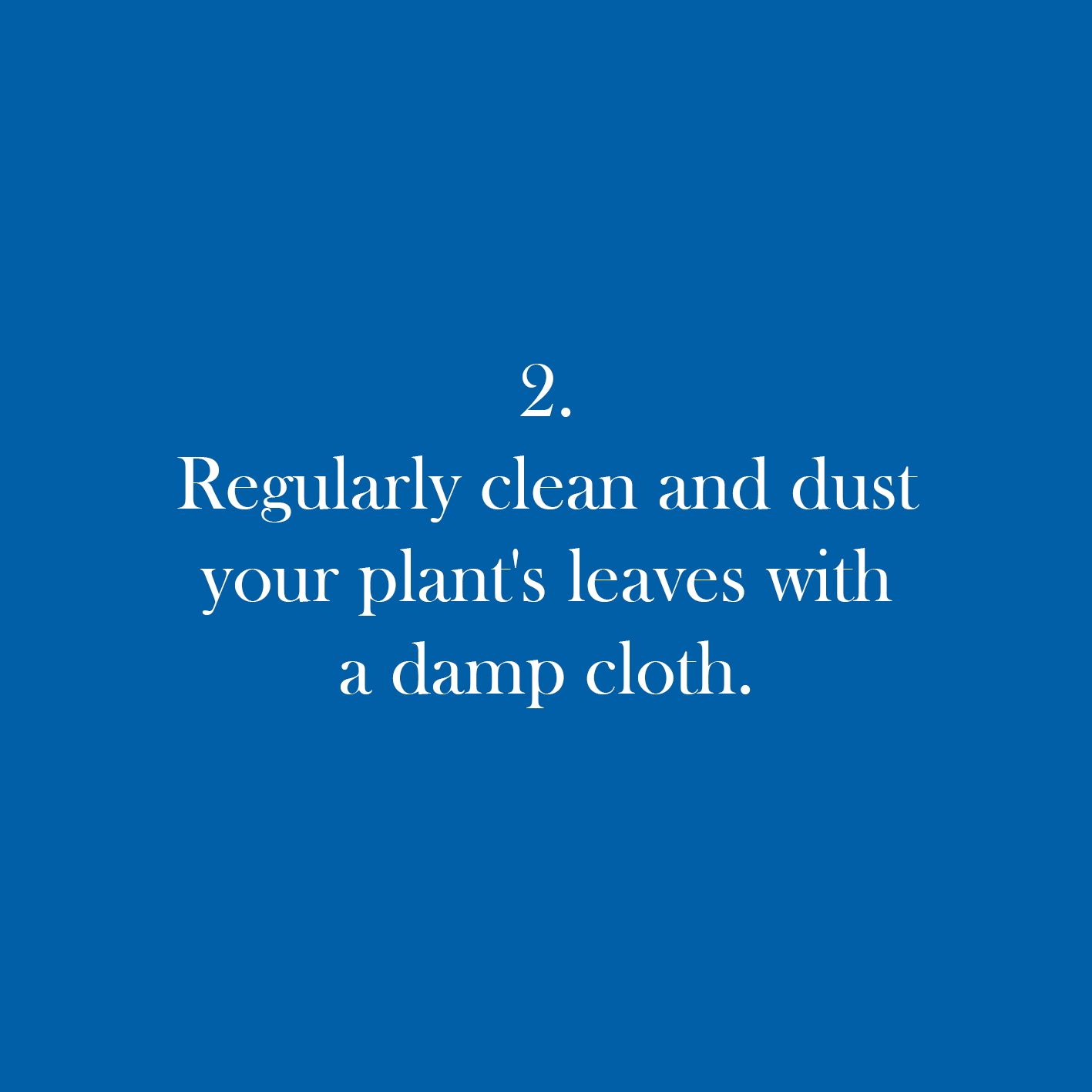

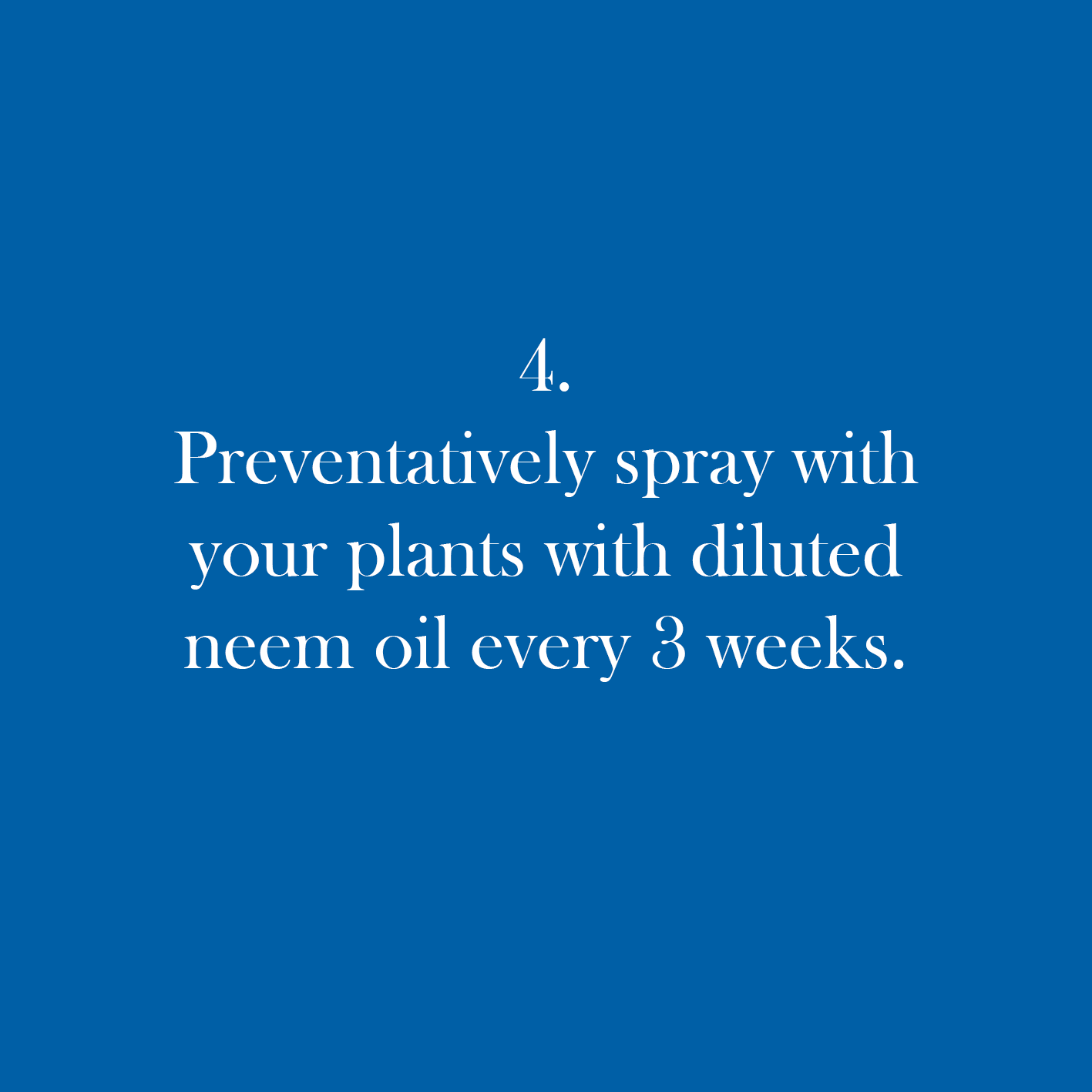
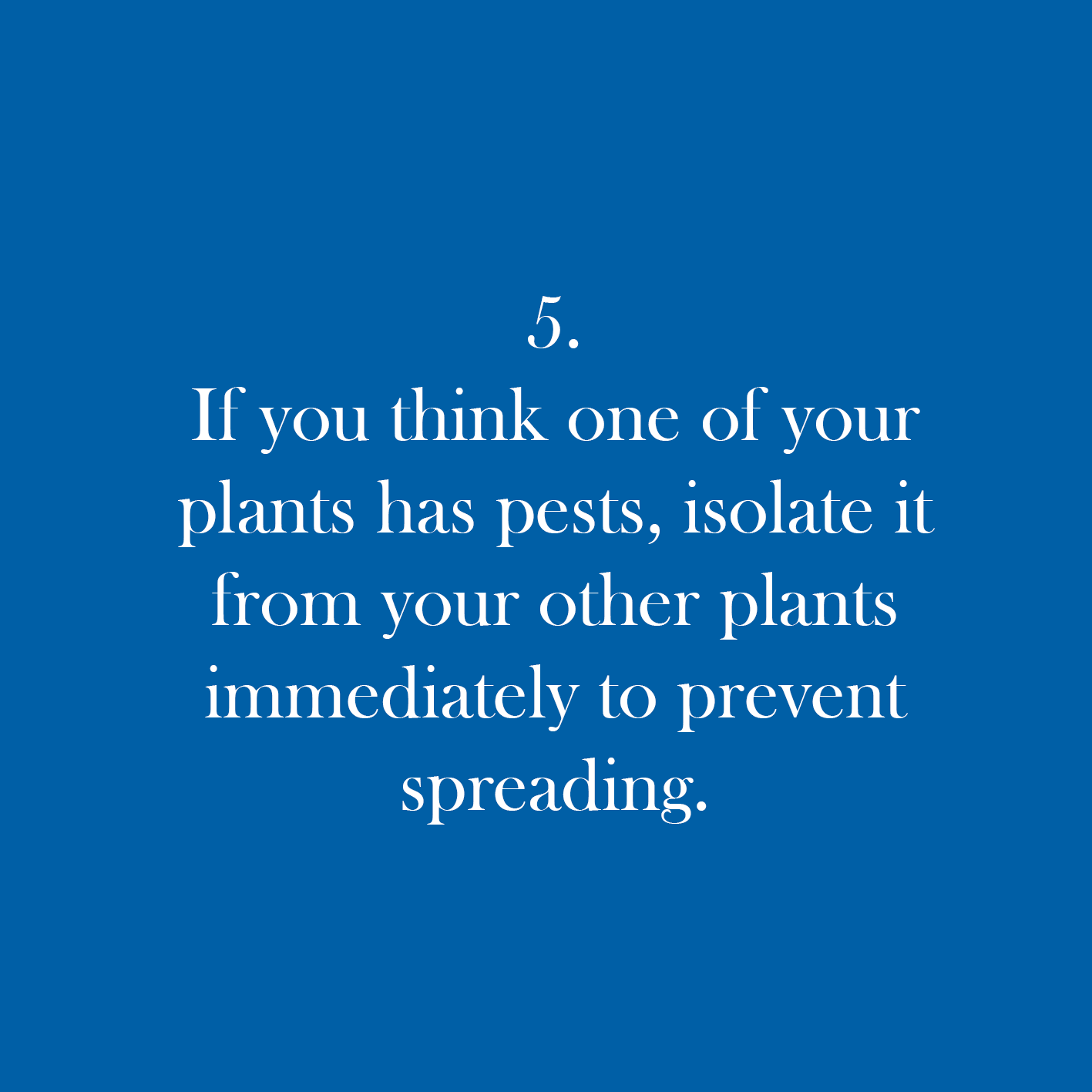
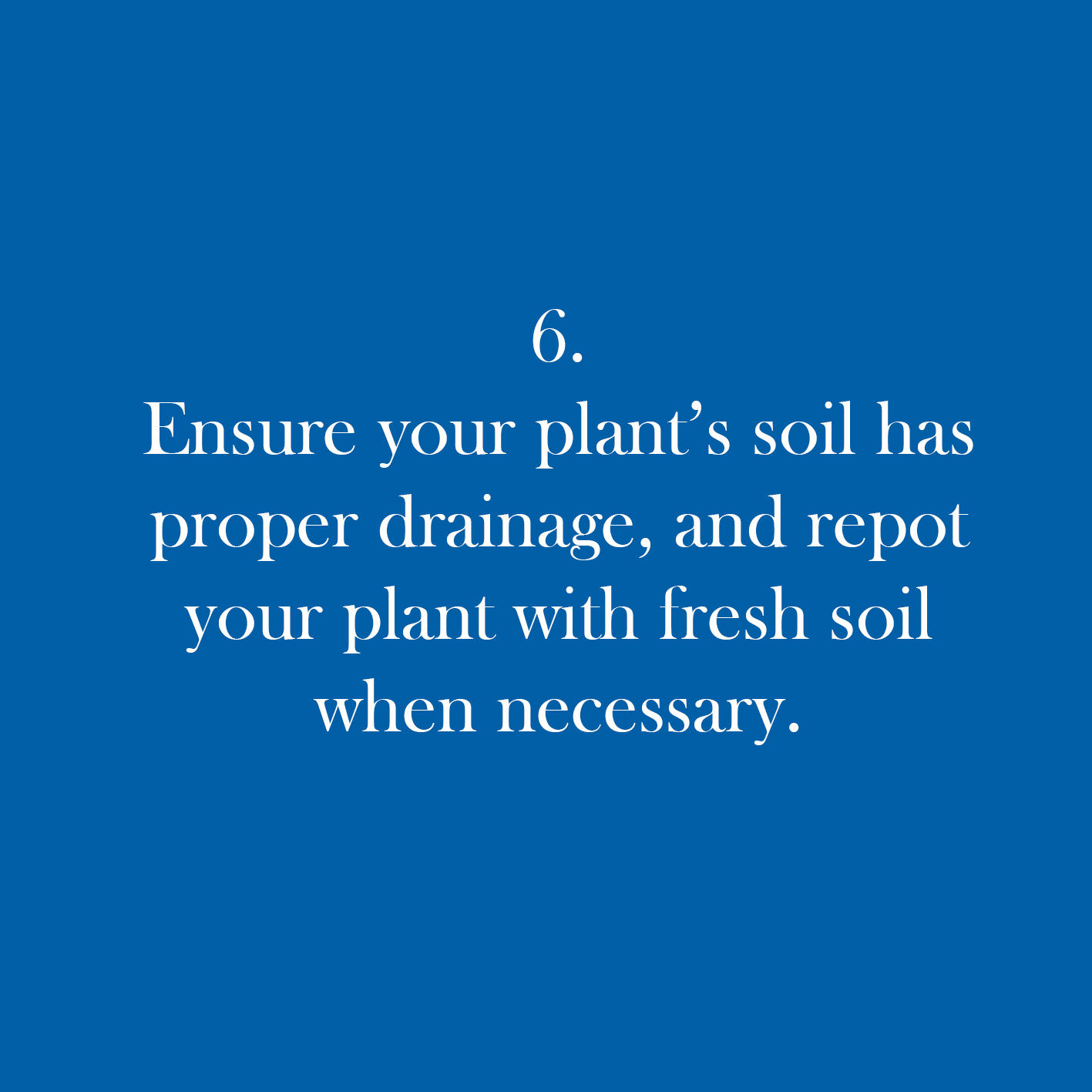
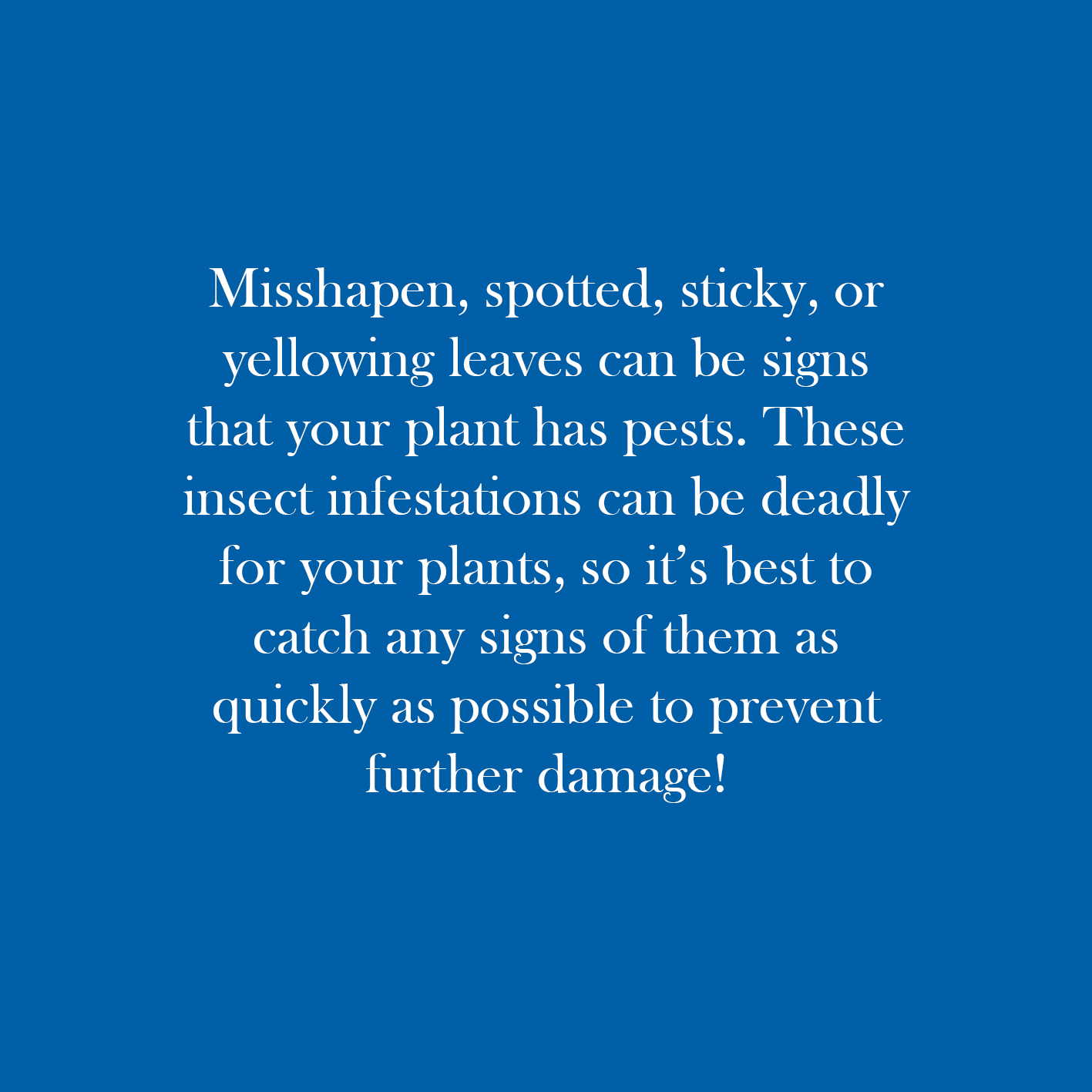

We hope you found these tips helpful - and can feel a little more confident when it comes to bringing home new plants and caring for them!
Words by Phoebe Ingram


